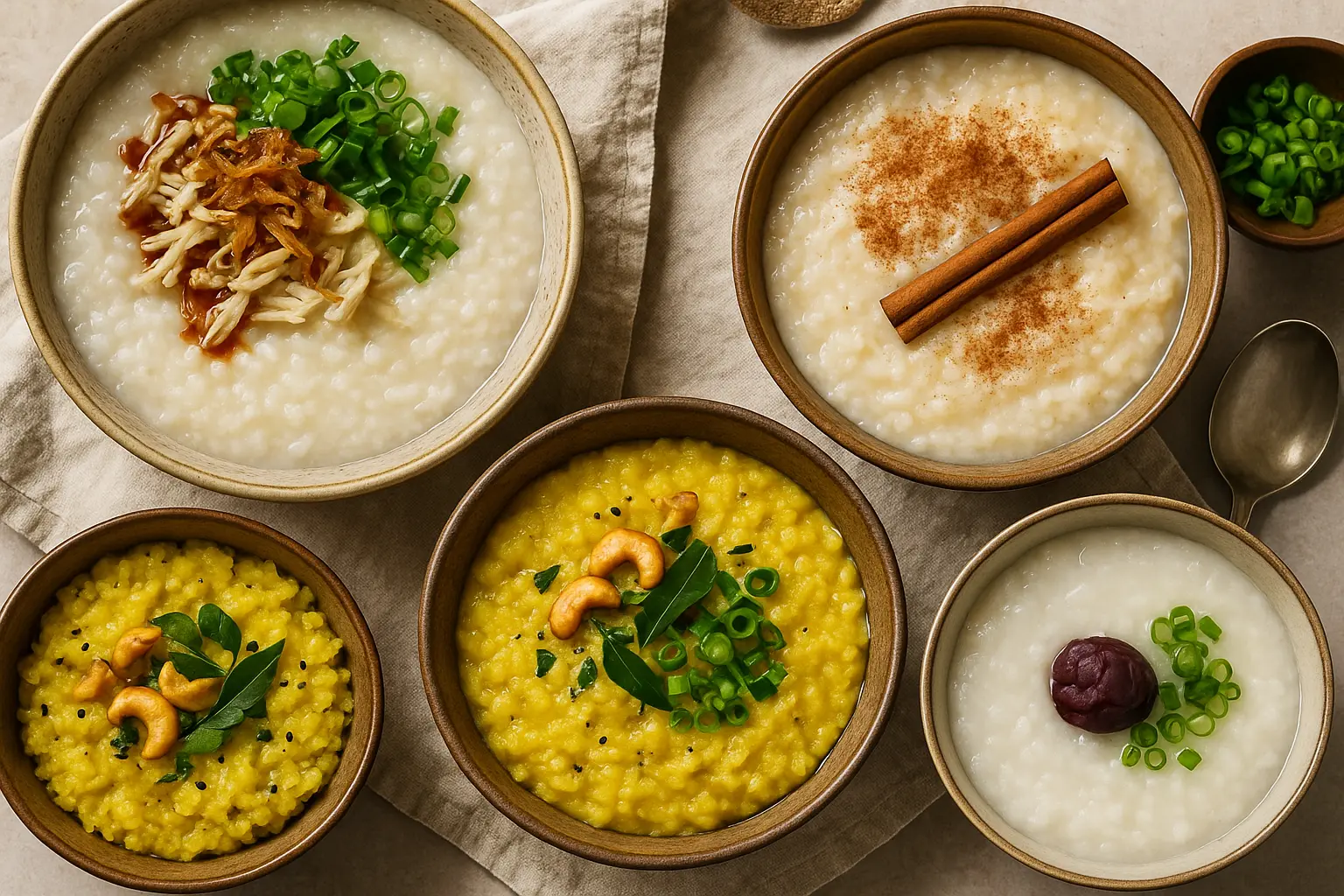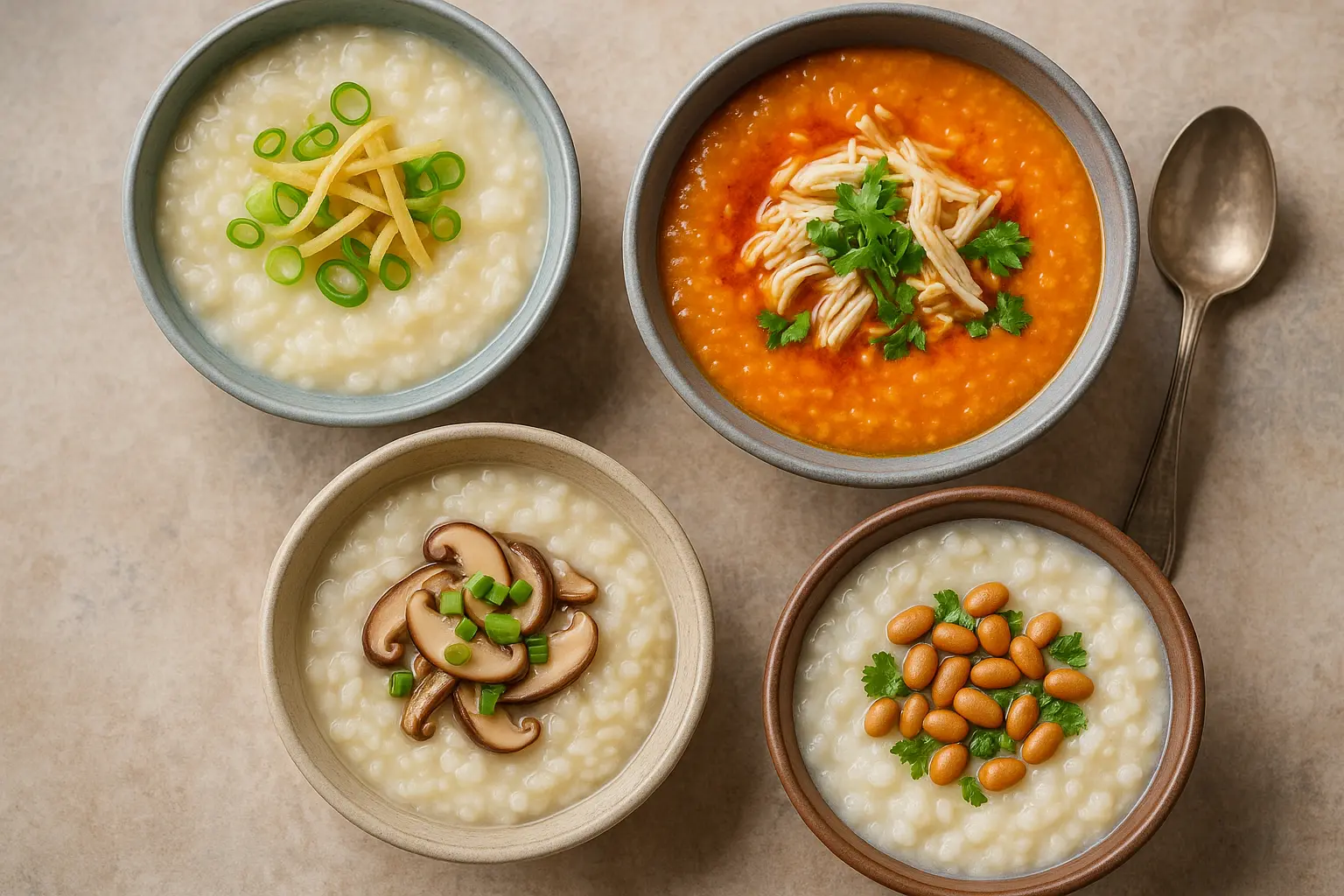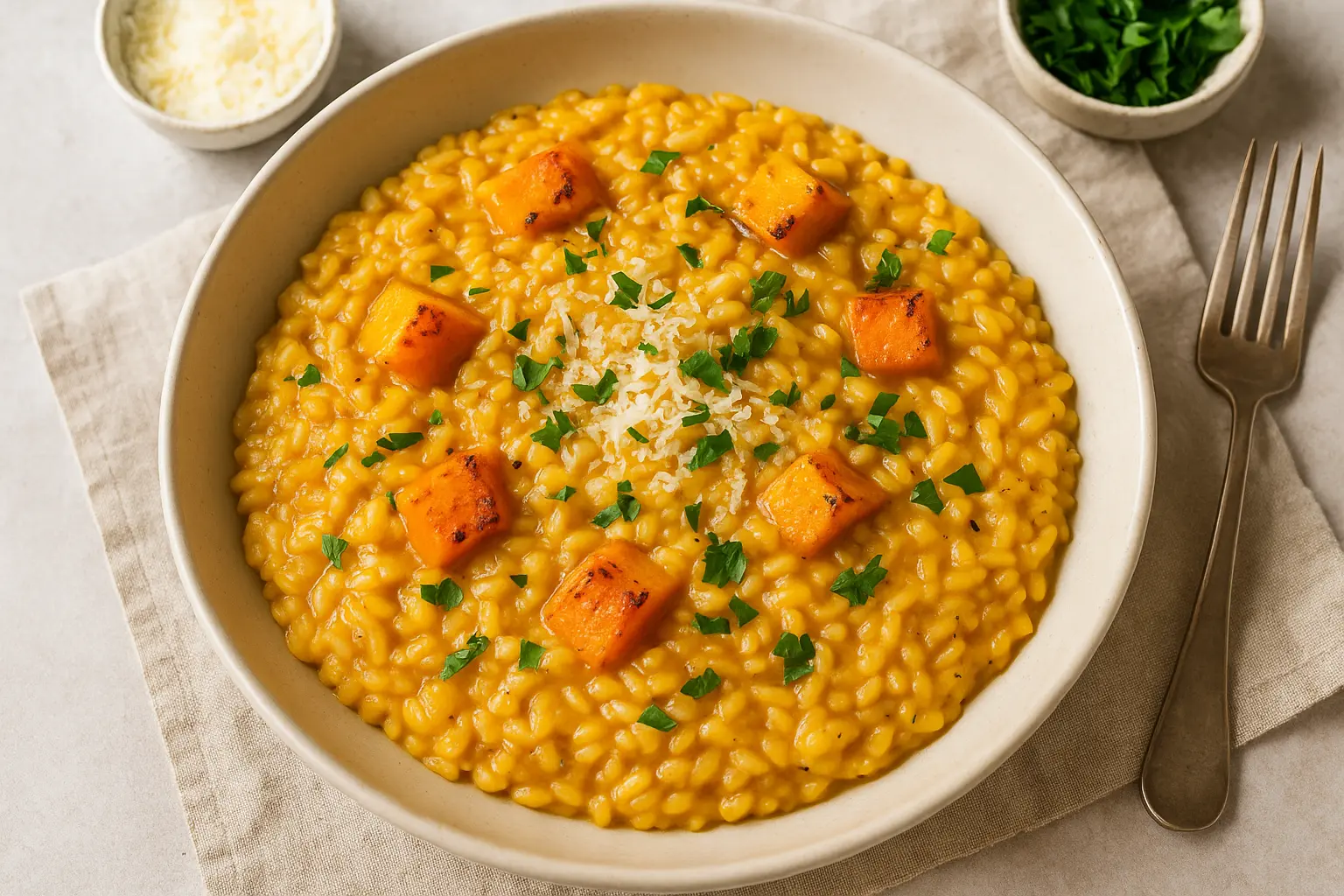Rice porridge is one of those rare foods that transcend borders, cultures, and centuries. From the steaming bowls of Chinese congee served at breakfast to the creamy arroz con leche enjoyed as a dessert in Latin America, rice porridge takes countless forms—each reflecting local traditions, available ingredients, and cultural beliefs around comfort and nourishment.
This article dives deep into the global world of rice porridges, highlighting their history, regional variations, recipes, and the role they play in everyday life.

1. The Universal Appeal of Rice Porridge
Rice, one of the world’s most cultivated grains, has been feeding humanity for more than 10,000 years. With its soft, starchy texture and ability to absorb flavors, rice becomes the perfect base for porridge. Cultures across Asia, the Middle East, Africa, Europe, and the Americas have developed their own versions, tailored to climate, tradition, and taste.
Why rice porridge resonates everywhere:
- Simplicity: Few ingredients needed—rice, water or milk, and seasoning.
- Digestibility: Easy on the stomach, making it a go-to for infants, the elderly, and the unwell.
- Versatility: Can be savory or sweet, thick or soupy, plain or spiced.
- Comfort Factor: Universally seen as warming, healing, and soul-soothing.
2. Asian Rice Porridges
2.1 Chinese Congee (粥 – Zhou)
Perhaps the most famous rice porridge globally, congee is a staple breakfast and comfort dish in China.
- Preparation: Rice simmered with plenty of water or broth until the grains break down into a soupy consistency.
- Toppings: Pickled vegetables, preserved egg, shredded chicken, pork floss, peanuts, scallions, soy sauce, or chili oil.
- Cultural Role: Served during festivals, family meals, and as a remedy for sickness.
2.2 Japanese Okayu (お粥)
A milder, simpler version of congee.
- Preparation: Short-grain rice cooked with lots of water until soft, but with more texture than congee.
- Common Additions: Umeboshi (pickled plum), grilled fish, or simple salt.
- Uses: Often given to patients or children as a gentle, healing food.
2.3 Korean Juk (죽)
Korea’s wide range of rice porridges includes both sweet and savory versions.
- Examples:
- Dakjuk: Chicken porridge with sesame oil and scallions.
- Hobakjuk: Pumpkin porridge, often sweetened.
- Significance: Served as both medicinal food and a celebratory dish.
2.4 Indian Khichdi & Pongal
India’s rice porridges come in both savory and festive forms.
- Khichdi: Rice and lentils simmered together, seasoned with turmeric, ghee, and cumin. Seen as the ultimate comfort food.
- Ven Pongal (South India): Spiced rice and lentils with black pepper, ginger, and ghee.
- Sweet Pongal: A festive version with jaggery, cardamom, and cashews.
2.5 Southeast Asian Bubur & Lugaw
- Indonesia/Malaysia: Bubur Ayam (chicken rice porridge) topped with fried shallots, soy sauce, peanuts, and sambal.
- Philippines: Lugaw, a thick porridge often paired with garlic oil, calamansi, or boiled eggs.
3. European Traditions
3.1 Rice Pudding in the West
Though not always referred to as porridge, rice pudding is essentially sweetened rice cooked in milk.
- Britain & Scandinavia: Creamy rice puddings flavored with cinnamon, nutmeg, or vanilla.
- Cultural Role: Holiday dessert, childhood comfort food, and school lunch staple.
3.2 Risengrød (Denmark)
- A Christmas specialty—rice cooked in milk, served with butter, sugar, and cinnamon.
- Traditionally eaten on Christmas Eve, sometimes with a hidden almond inside as part of a holiday game.
4. Middle Eastern & African Rice Porridges
4.1 Middle Eastern Roz Bel Laban
- Egyptian rice pudding with milk, sugar, and often flavored with rose water or orange blossom.
- Sometimes topped with nuts and cinnamon.
4.2 African Variants
- In parts of East Africa, rice porridges are made with coconut milk, lightly sweetened, and spiced with cardamom.
- These are often eaten for breakfast or during Ramadan for suhoor (pre-dawn meal).
5. Latin American Rice Porridges
5.1 Arroz con Leche
- Found in Mexico, Peru, and across Latin America.
- Rice cooked slowly with milk, sugar, and cinnamon. Sometimes includes raisins or condensed milk.
- A beloved dessert, often tied to family gatherings and festivals.
5.2 Champurrado (Mexico)
Though corn-based, rice is sometimes added to thicken this hot chocolate-like drink, blending porridge traditions with indigenous ingredients.
6. Sweet vs. Savory Rice Porridges
Rice porridges are not bound to one style—some are hearty and salty, while others are indulgent and sweet.
- Savory: Congee, okayu, khichdi, bubur ayam.
- Sweet: Arroz con leche, Egyptian roz bel laban, Scandinavian risengrød.
Each reflects cultural notions of nourishment—salty porridges often used for recovery or daily sustenance, while sweet ones appear during festive occasions.
7. Nutritional Value of Rice Porridges
- Gentle Digestion: Great for people with stomach issues.
- Customizable: Can be enriched with protein (chicken, lentils), fats (ghee, coconut milk), or kept light.
- Gluten-Free Base: Naturally suitable for those avoiding gluten.
- Balanced Meal: With added vegetables, proteins, or nuts, porridge becomes a full meal.
8. Cooking Methods
- Stovetop Simmering: The traditional method, with slow cooking and stirring.
- Instant Pot/Pressure Cooker: Cuts down cooking time while keeping texture.
- Slow Cooker: Ideal for overnight porridges like congee.
9. Comfort and Symbolism
Rice porridge is more than food—it is ritual, healing, and memory. From a bowl given during illness to celebratory holiday versions, it embodies care and togetherness.
In almost every culture, when words fail, a warm bowl of porridge speaks for itself.
10. Recipes to Try at Home
Classic Chinese Congee
- Rice, chicken stock, ginger, garlic.
- Cook until soupy, serve with toppings.
Indian Khichdi
- Rice, yellow lentils, turmeric, ghee.
- Cook until mushy, finish with cumin tempering.
Mexican Arroz con Leche
- Rice, milk, cinnamon, sugar, vanilla.
- Simmer until creamy, serve warm or chilled.
Japanese Okayu
- Rice and water in 1:5 ratio.
- Cook until grains are soft; season lightly with salt.
Conclusion
Rice porridge—whether a bowl of creamy congee, spiced khichdi, or sweet arroz con leche—remains one of humanity’s most enduring comfort foods. Its adaptability across cultures and its soothing nature ensure that no matter where you are in the world, rice porridge will always be waiting as a warm, familiar embrace.
Leave a comment
Your email address will not be published. Required fields are marked *




















